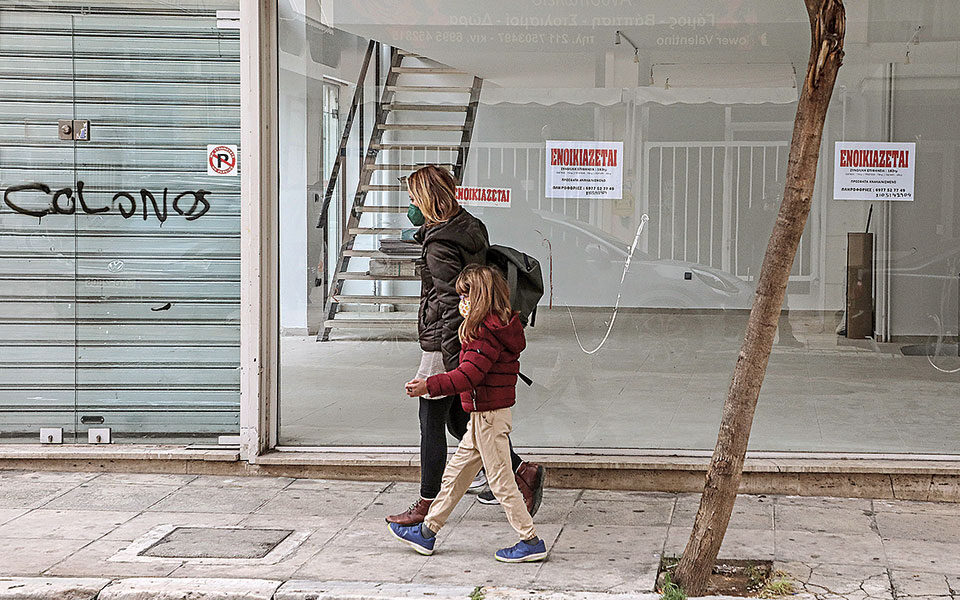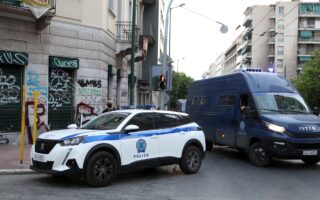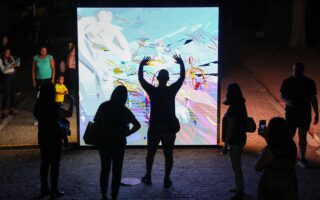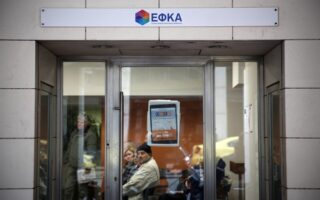Behind the city lights

With image being dominant, everything is visible as long as it remains in the spotlight. It is then withdrawn, for other things to take its place. Athens has 129 neighborhoods, as its mayor said months ago, requesting the assistance of the Ministry of Citizens’ Protection for “systematic, preventive policing” in run-down areas where “crime flourishes.”
Is being a disadvantaged area mainly linked to crime or does it also include the sewage system, the minimal and poorly kept public spaces, the shuttered shops, the number of residents who look forward to the church soup kitchens?
The Athenian district of Kolonos was “lucky.” The case of the sexual abuse of a 12-year-old girl and then the scandal involving the alleged abuse and financial mismanagement at the children’s charity Ark of the World (Kivotou tou Kosmou) have maintained public interest for a significant time. From Thursday’s main story in Kathimerini about the invisible sides of Kolonos (in a report by Ioanna Fotiadis) we recognize many more problems in the district, the kind that may never concern the media or the state, such as unemployment and illiteracy.
About 10 years ago, the activity of the criminal organization Golden Dawn brought to the surface areas such as Victoria Square and Agios Panteleimonas. What is the reality in those areas today? The sale of counterfeit goods and criminality at the Athens University of Economics and Business turned the spotlight on the central thoroughfare of Patission, which runs from Omonia Square to Ano Patissia. Not to mention the perennial problem around the National Technical University of Athens.
Every now and then, alongside the thriving Airbnbs and the – few remaining – long-term rentals in Koukaki or Pangrati, next to the militant discussions about gentrification, another world, a little further away, struggles and falters. Obviously, the Municipality of Athens cannot, and is not, responsible for shouldering the implementation of social policy by itself.
But it could make a little more space between the projects for the building facades (painting and restoration of apartment buildings), the regeneration of the center and the (unnecessary) pedestrianization of central streets, and find time to deal with the “unseen.” It could have promoted an agenda of collaborations with the state – not only for policing – so as to shift interest toward local residents.
When we say that Athens is gray, we don’t just mean the buildings.





